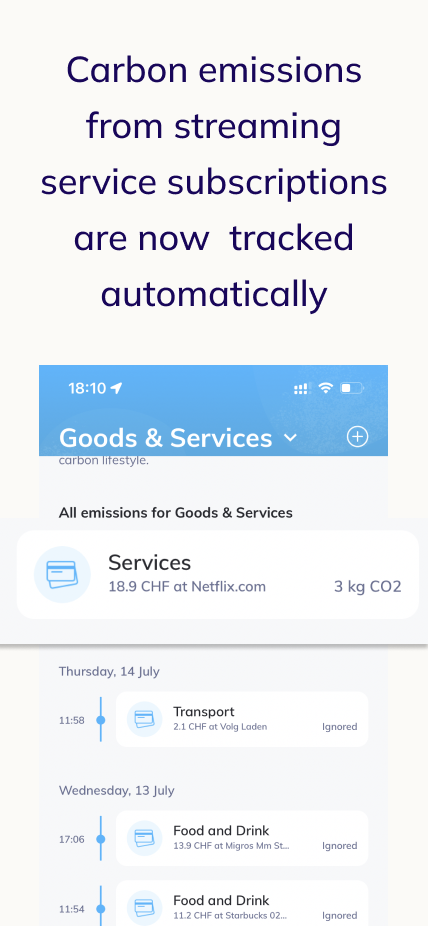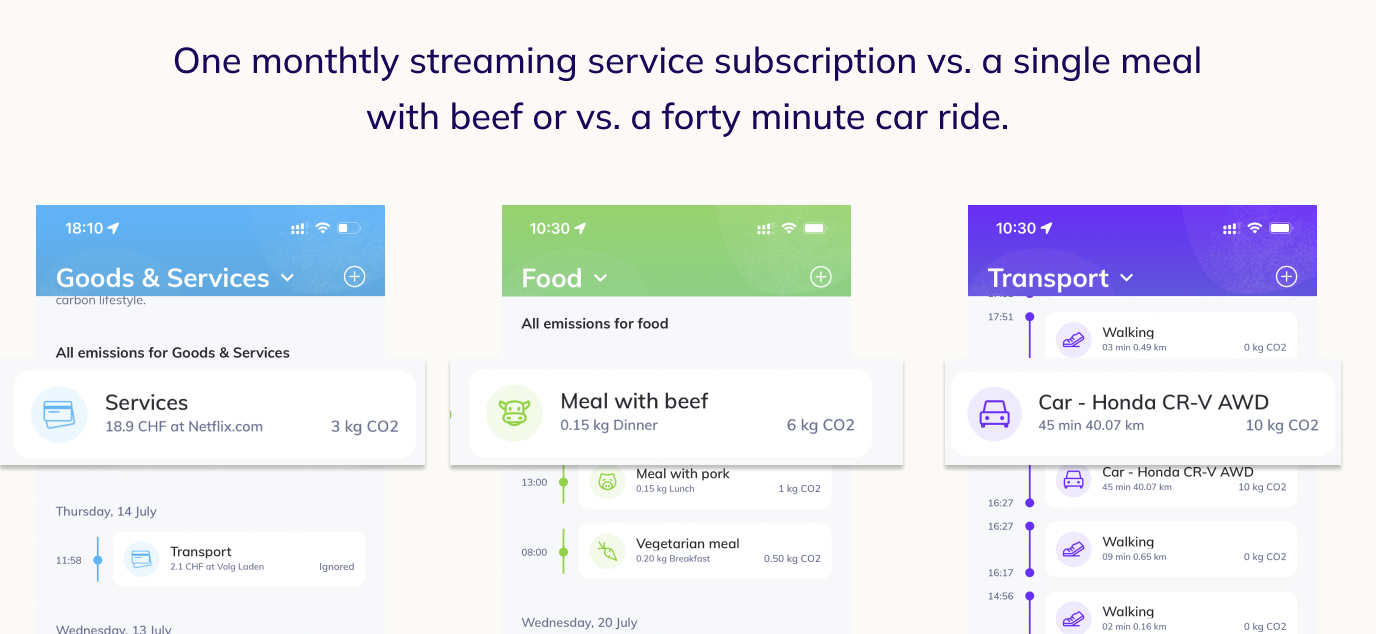Is video streaming bad for the climate? Carbon emissions of streaming services.

You may have read the headlines: video streaming is bad for the environment, video streaming has a high carbon footprint, binge watching destroys the planet! But how bad is it really?
The whole story started with a 2019 calculation by the Shift Project, which was picked up by media worldwide. That particular study concluded that streaming’s carbon footprint is as high as 6kg of CO2 per hour of streaming video. However, the analysis was quickly put into question and eventually even the International Energy Agency IAE put out a clarifying post. In this article we summarize the IEA studay results,
Understanding the carbon footprint of video streaming
How can the carbon footprint from streaming be calculated? It is primarily driven by the electricity consumption of the components of a streaming service end-to-end:
- The data centers with servers that host and send (stream) the video data to the Internet use equipment and cooling
- The Internet’s global transmission infrastructure
- The “last mile” connection from your ISP to your home: either wired or wireless (4G/5G) connection
- Distribution in your home (wifi)
- Display of the video on the end device (on your phone, tablet, laptop, or PC)
After analyzing this chain from the data center to the end-device, the IAE results are as follows:
- One hour of streaming video is resulting in a total of 36g of CO2 emissions (more than 100 times less than what the Shift project claimed, and it corresponds to driving a gasoline car for about 200 meters)
- On average, viewing devices account for the majority of energy use (72%), followed by data transmission (23%) and data centers (5%)
- The choice of the viewing device has the largest impact: “For example, a 50-inch LED television consumes much more electricity than a smartphone (100 times) or laptop (5 times).”
Analyzing the carbon footprint of video streaming services in the Zerofy app
To make it really easy for Zerofy users to see and compare the impact of streaming to other activities, we now calculate [1] and display CO2 emissions from video streaming service subscriptions such as Netflix directly in the Zerofy app. This works for users who have connected their credit card with Zerofy to estimate CO2 emissions from credit card purchase transactions and it looks like this:

The monthly subscription fee is automatically converted to the estimated monthly emissions for your Netflix viewing!
With the help of the Zerofy app, you can now compare this one month of streaming subscription directly to the emissions of a single car trip (also automatically tracked in Zerofy or even just eating a single meal with beef:

It is clearly visible that the CO2e emissions from watching Netflix are almost negligible compared to many other activities.
This example also illustrates why we build Zerofy. It’s relevant to get an understanding of the absolute carbon impact for various actions, and their relative size and impact. But at the same time it doesn’t help to make folks feel bad about every single activity they may enjoy. Rather, we should look at the various contributors of carbon emissions “unemotionally” and think about how they can be reduced. And for that it’s important to prioritize the truly big levers for impact.
So please keep enjoying streaming your favorite shows and movies! One thing we can do, however, is to help accelerate the transition to 100% green electricity. For streaming, general electricity, heating (heat pumps), and transportation. More on that soon!
Footnotes and references
[1] How we calculate the carbon footprint of streaming subscriptions in Zerofy:
- The average Netflix user watches 2 hrs a day = 60 hrs a month [source]
- According to the IEA study the carbon footprint per hour of video streaming is 36g/hr, which means the average user generates 2.16 kg/month [source]
- The average monthly subscription price/revenue is 12 dollars [source]. Then the carbon footprint per subscription dollar is 0.18 kg/ month.